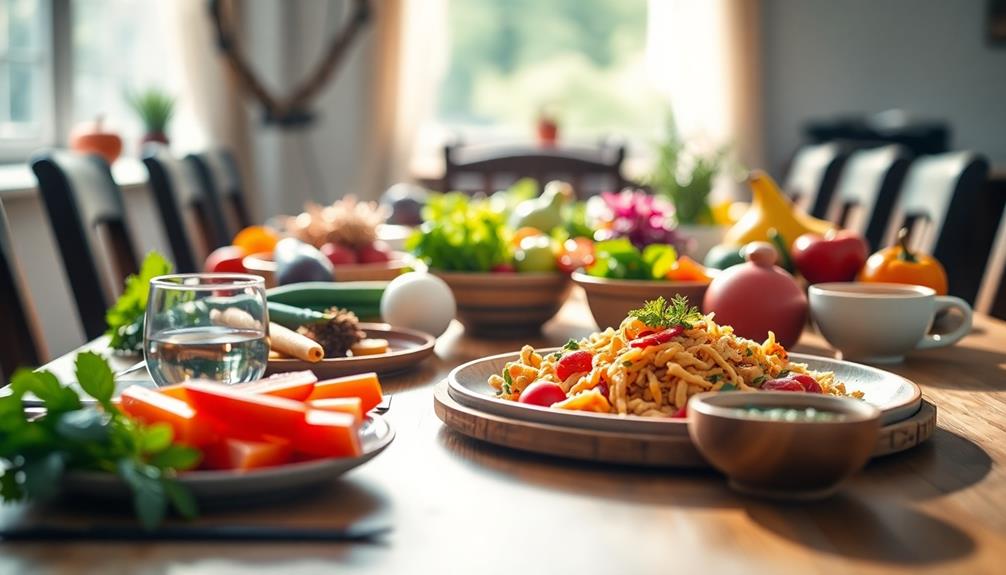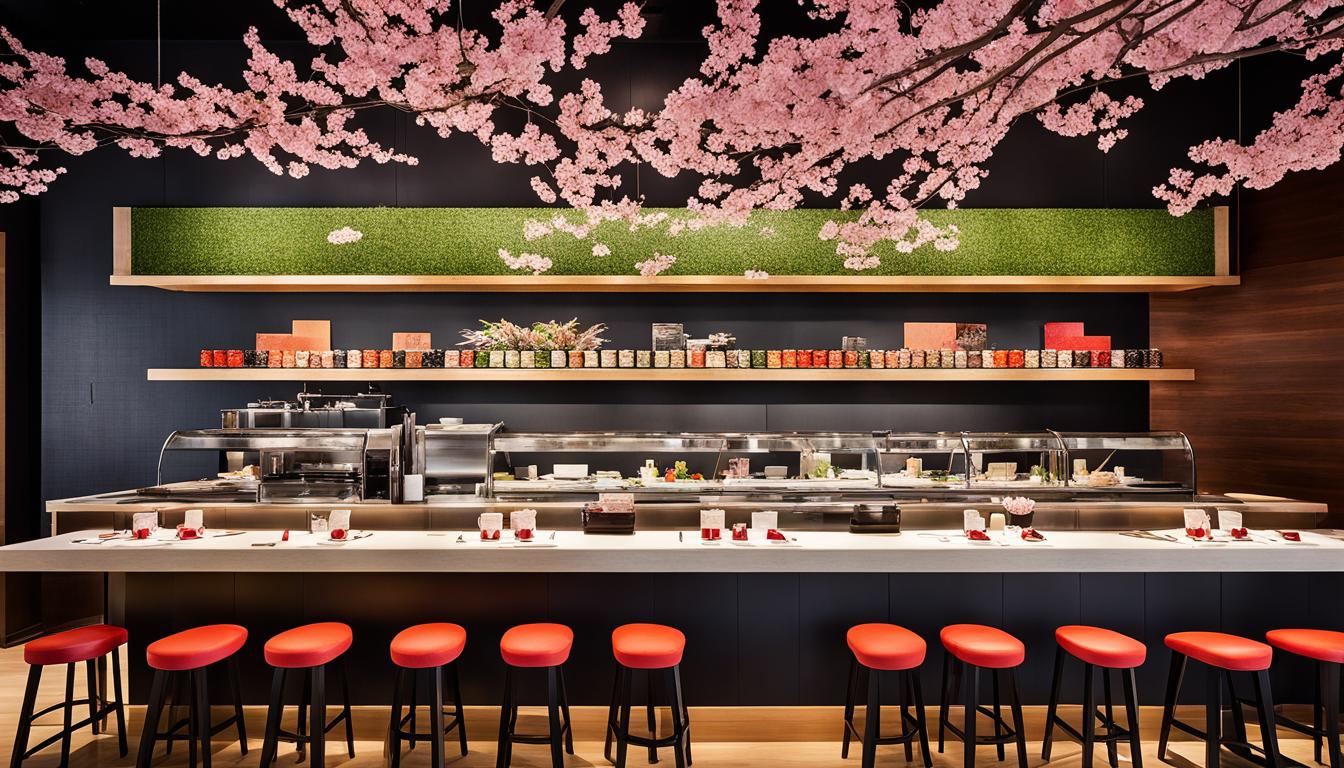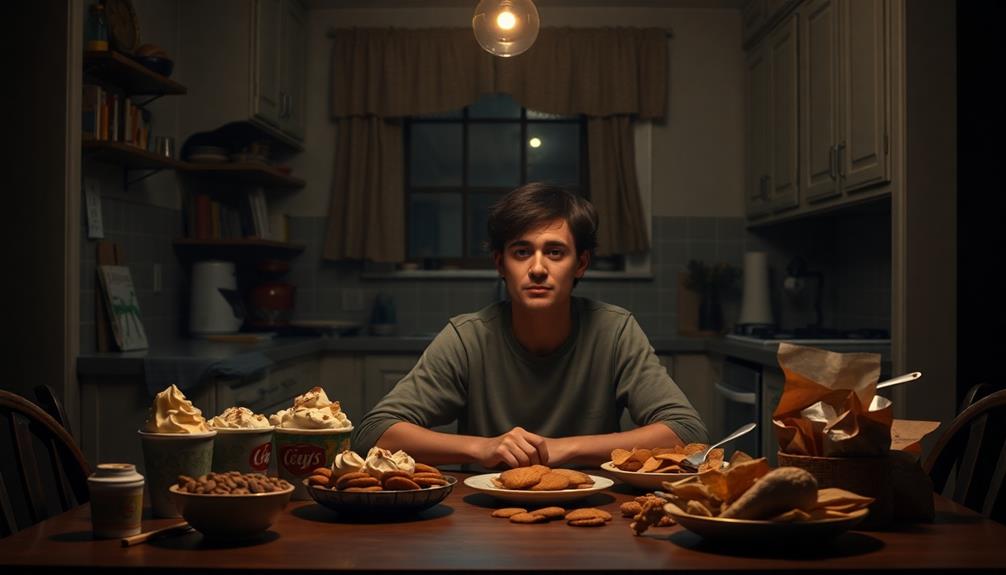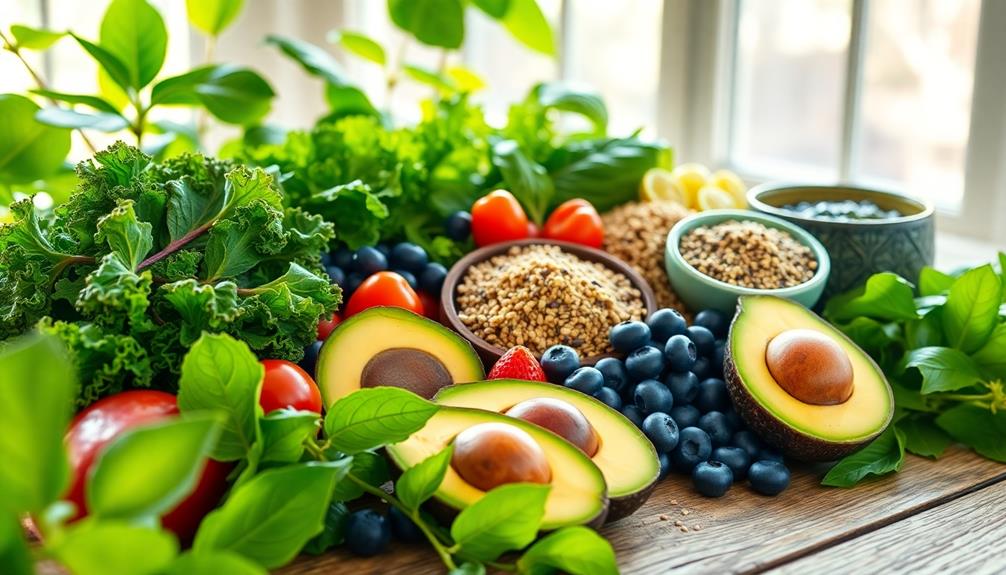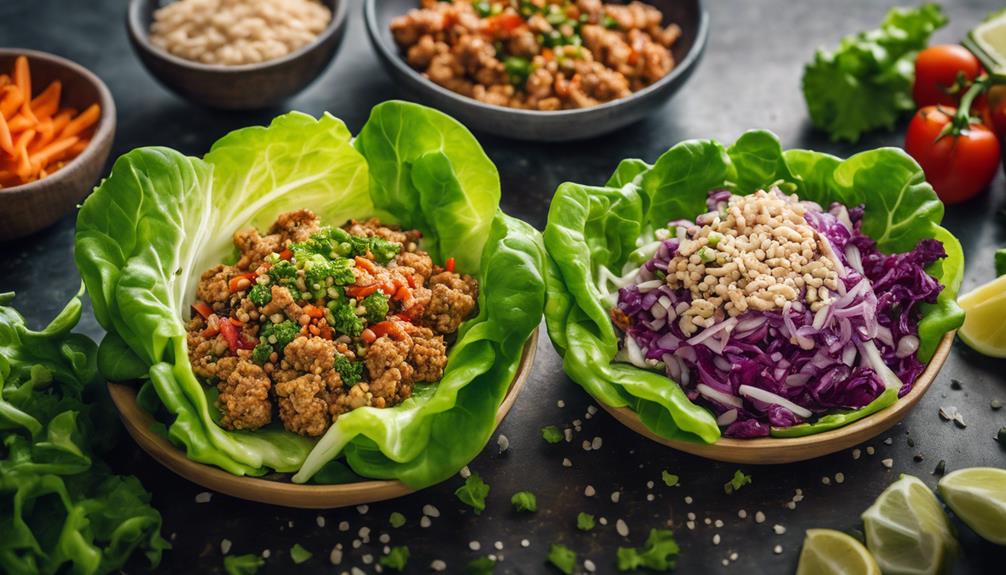The psychology of food photography taps into your emotions and cravings. When you see mouthwatering images, your brain's reward system kicks in, making you crave the food. These appealing visuals also stir up nostalgia, reminding you of cherished family moments. Proper lighting, color contrast, and composition enhance the allure of food, making it look irresistible. You're likely to engage more with beautiful images, prompting social sharing and influencing purchasing decisions. Understanding these psychological effects can elevate your food photography game and connect with your audience. There's even more to discover about this fascinating topic, so keep exploring to reveal new insights.
Key Takeaways
- Mouthwatering food images activate the brain's reward system, triggering cravings and increasing the desire to eat.
- Attractive visuals release dopamine, enhancing emotional responses and encouraging social sharing among viewers.
- High-quality food photography influences purchasing decisions, making dishes appear tastier and more appealing to customers.
- Visual cues evoke nostalgia, reminding viewers of positive experiences related to food, which enhances engagement.
- Understanding demographics, such as gender preferences, can optimize marketing strategies in food imagery for better audience reach.
Psychological Effects of Food Imagery
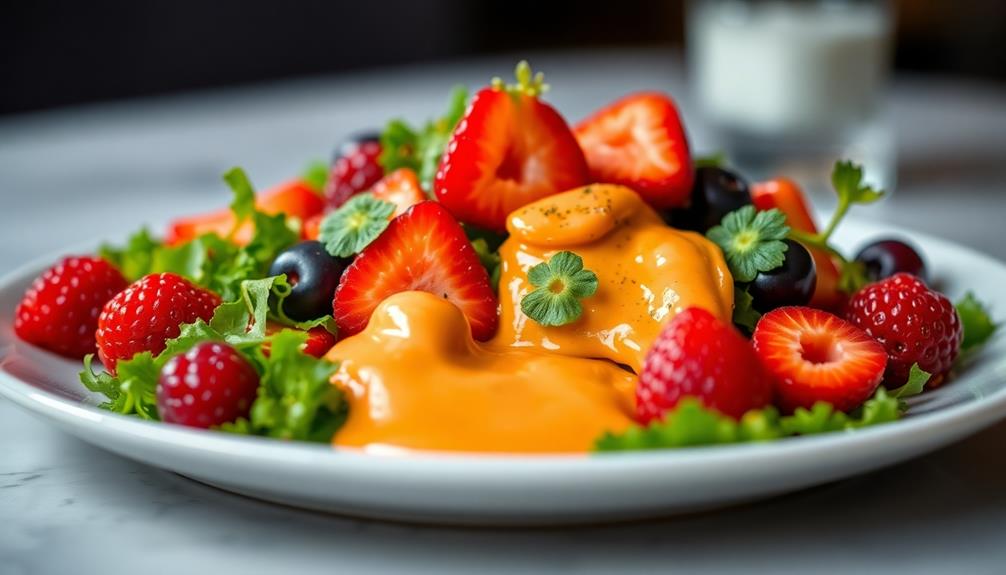
When you scroll through social media, it's hard not to notice the mouthwatering food photos that pop up everywhere.
These food images do more than just look good; they can actually trigger your brain's reward system. For instance, images of dishes like Red-Braised Pork Belly can evoke a strong desire to indulge in rich flavors and comforting meals.
Research shows that viewing these appealing visuals can release dopamine and other feel-good chemicals, making you crave the depicted foods even more. If you're feeling hungry, you might find that you're more attentive to these food cues, especially if you're overweight.
The mere sight of delicious food can activate your gustatory system, leading to physiological responses similar to actually eating. This influence on your consumption desire isn't just psychological; it's physiological too.
Notably, attractive food images can also boost your willingness to pay for real food by about 6%. This underscores how visual appeal profoundly impacts perceived value.
Art and Technique of Food Photography
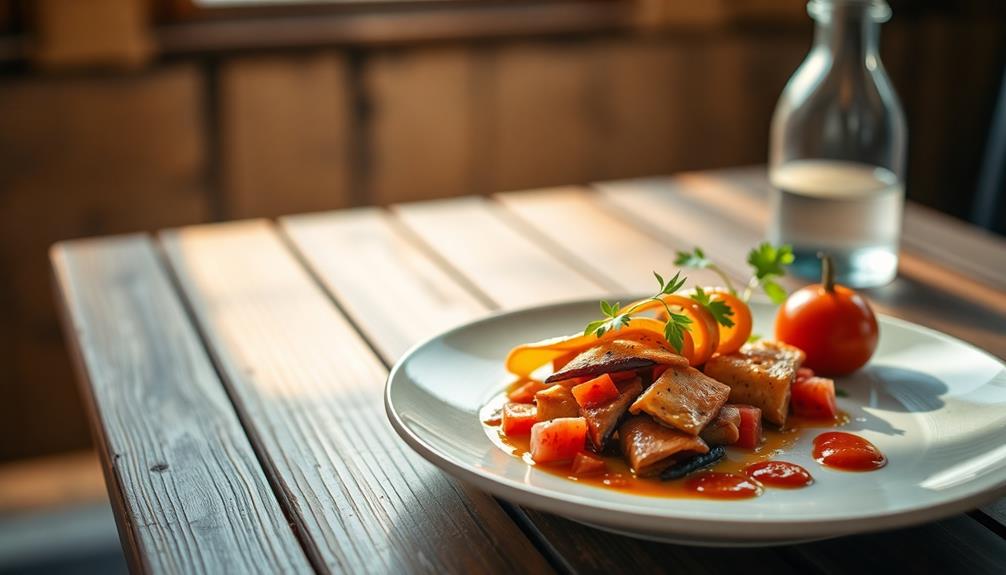
When you capture food photography, understanding color and composition is key to creating mouthwatering images.
Incorporating seasonal ingredients, like those found in dishes such as Nettle and Potato Soup, can enhance the visual appeal and authenticity of your photos.
Good lighting and texture bring your dishes to life, making them irresistible to viewers.
Color and Composition Techniques
In the world of food photography, mastering color and composition techniques is key to creating stunning visuals that capture attention.
Start by considering color contrast; it enhances the visual appeal of your dishes, making them more appetizing and engaging for viewers. Utilizing complementary colors can create dynamic food pictures, while a monochromatic palette adds elegance and sophistication to your presentation.
For example, using vibrant colors like those found in Candy Corn Fruit Parfaits can instantly draw the viewer's eye and evoke a sense of festivity.
When it comes to composition, techniques like the rule of thirds can guide the viewer's eye and establish a balanced arrangement of food elements. This method directs focus to the most visually appealing parts of your dish, creating a harmonious image.
Don't overlook the importance of texture; incorporating varied surfaces and close-ups can add depth, making your food appear more inviting.
Lighting and Texture Importance
Mastering color and composition techniques lays the groundwork for creating mouthwatering food photographs, but lighting and texture take your images to the next level. Proper lighting is essential; it dramatically influences visual appeal by enhancing colors and textures.
Natural light often works best, creating that soft, appetizing look we all crave. When you use diffused light sources, you reduce harsh shadows and highlights, allowing the intricate textures of food—like the glaze on a pastry or the creaminess of a sauce—to shine. For instance, when photographing traditional desserts like Kue Putu, capturing the steam rising from the bamboo tubes can evoke a sense of warmth and freshness.
Textures evoke sensory responses, heightening the perception of freshness and quality, which makes your dish more enticing. The interplay of light and shadow adds depth, accentuating shapes and textures, resulting in a more dynamic composition.
Don't hesitate to experiment with different angles and distances; close-up shots can reveal the intricacies of ingredients and preparation techniques, grabbing viewers' attention.
Accessibility and Tools for Photography
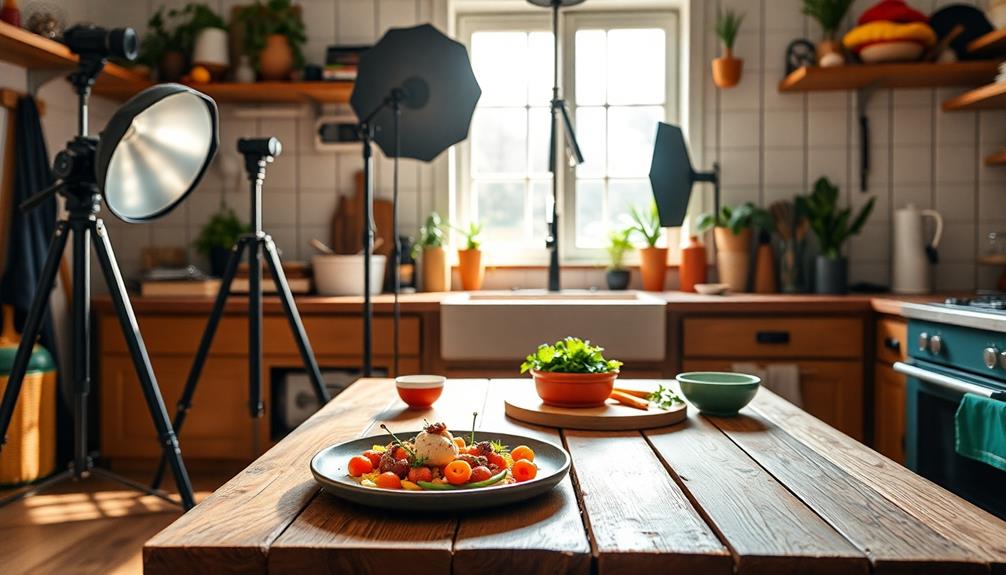
Gaining access to the world of food photography is easier than ever, thanks to the accessibility of smartphones and user-friendly editing tools. You don't need expensive equipment or advanced technical skills to create stunning images.
With just a smartphone, you can learn basic food photography skills that allow you to capture the essence of your culinary creations, whether you're showcasing traditional dishes like Caldeirada or vibrant desserts such as Brigadeiro.
Editing apps like the Food Photography App can enhance your images effortlessly. You can adjust brightness, contrast, and color to make your food look even more appetizing.
Here are some key features that can elevate your food photography:
- Background replacement to enhance visual appeal
- Simple adjustments for brightness and contrast
- Filters that add a professional touch
- Cost-effective solutions for both hobbyists and businesses
These tools empower you to achieve professional-grade results without breaking the bank. The accessibility of food photography encourages you to explore your creativity, share mouthwatering images on social media, and engage with a wider audience.
Impact on Audience Engagement
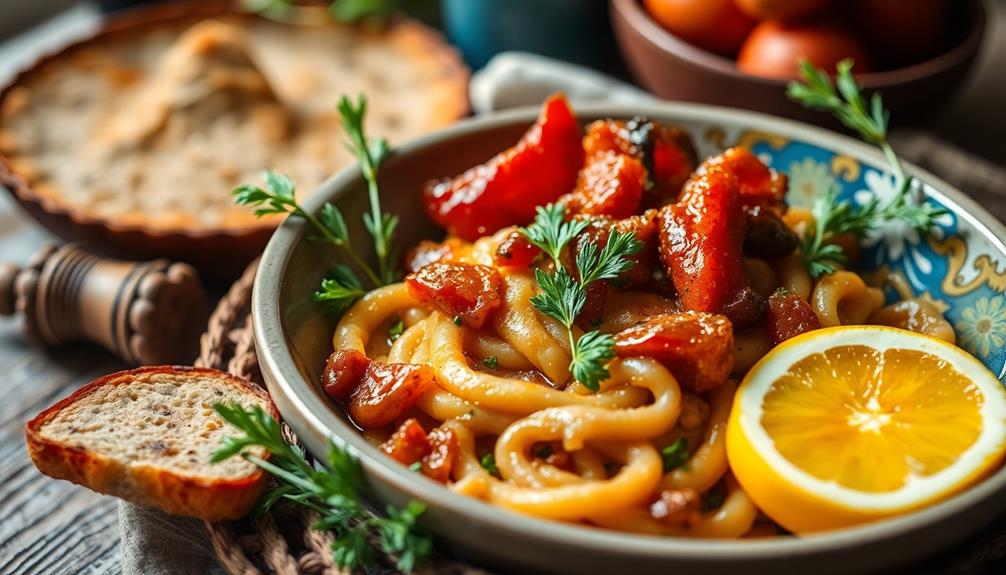
When you see a stunning food photo, it's not just about the visual appeal; it sparks an emotional connection that draws you in.
For instance, a vibrant image of Chilaquiles can evoke memories of cherished breakfast moments, enhancing that emotional response.
This emotional response can lead to increased engagement, with viewers more likely to like, share, and comment on content that resonates with them.
As a result, high-quality imagery not only captivates but also influences your decisions, whether you're exploring a menu or planning your next meal.
Emotional Connection Through Imagery
Food photography's emotional power lies in its ability to evoke nostalgia and create memorable connections. When you see compelling food images, they can spark strong emotional responses, reminding you of cherished moments shared over meals, such as enjoying traditional Japanese confectionery like dorayaki with family. This connection enhances your engagement with the food, making it more appealing.
Consider how food images can impact your feelings and decisions:
- Nostalgia: Evokes memories of family gatherings or special occasions.
- Appetite stimulation: Attractive visuals can increase your desire to eat or order food.
- Social connections: Sharing food photography on social media fosters community and intimacy among food lovers.
- Altered perception: Beautifully presented dishes may seem tastier and more desirable than those that aren't photographed.
As you scroll through tantalizing food images, you might find yourself more drawn to dishes that resonate with your emotions. This psychological impact is vital for restaurants aiming to boost their visibility online.
Visual Appeal and Engagement
Visual appeal plays a crucial role in audience engagement, especially in the domain of food photography. When you see a compelling food image, it likely stirs strong emotional responses, drawing you in and prompting you to share the content on social media.
High-quality visuals can greatly boost customer interest and drive sales for food-related businesses. Attractive images directly influence your purchasing decisions, making the visual appeal essential for any culinary marketing strategy. For example, dishes like Khanom Tan not only taste delightful but also present beautifully, enhancing their visual allure.
Notably, studies have shown that enticing food images can be more enchanting than even the aromas of the dishes. The aesthetic elements of food photography—such as color and composition—can increase your appetite and enhance your overall dining experience. This reinforces the importance of visual appeal in creating memorable food experiences.
Moreover, research indicates that visually appealing food content on platforms like Instagram resonates particularly well with a mainly female audience, highlighting how gender dynamics can impact the effectiveness of food imagery.
Marketing Food Through Imagery
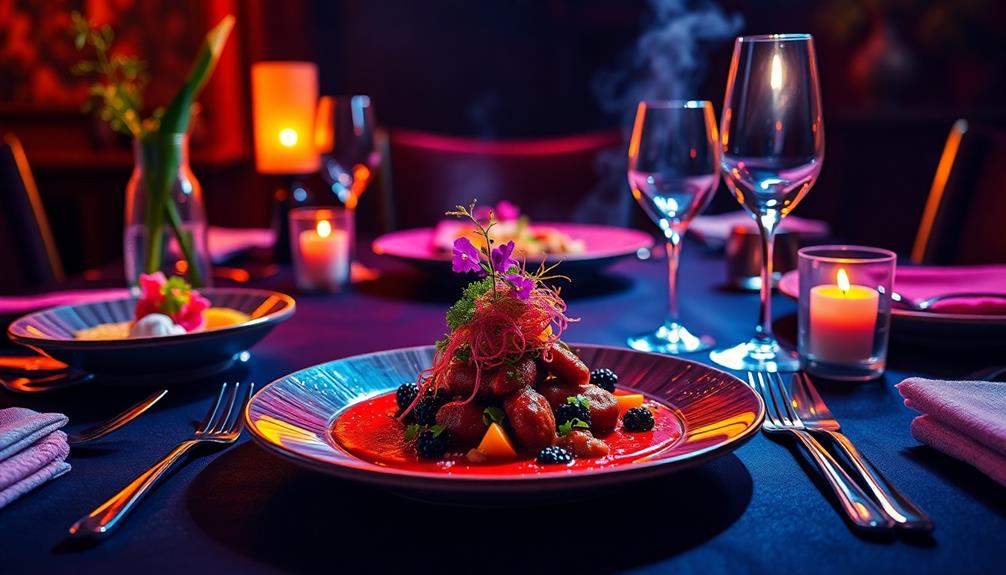
In today's digital age, alluring food imagery plays an essential role in attracting customers and driving sales. You mightn't realize it, but the food images you see can greatly influence your appetite and decision-making. Symmetrical visuals, in particular, catch your eye and make you want to order more. For instance, consider how beautifully presented dishes like Agnolotti can enhance visual appeal while showcasing regional culinary skills.
Restaurants are tapping into this power, especially on social media platforms like Instagram. Here are some key strategies they use to market food through imagery:
- Engaging food images boost customer interest and engagement.
- Descriptive captions alongside visuals encourage upselling in self-ordering kiosks.
- Aesthetic presentation of dishes caters to social media appeal.
- Effective food photography enhances the overall dining experience.
These tactics not only draw you in but also shape your perception of the culinary experience. Chefs are increasingly crafting dishes with an eye for how they'll look online, recognizing that beautiful food images can be a game-changer in marketing.
Trends in Food Photography
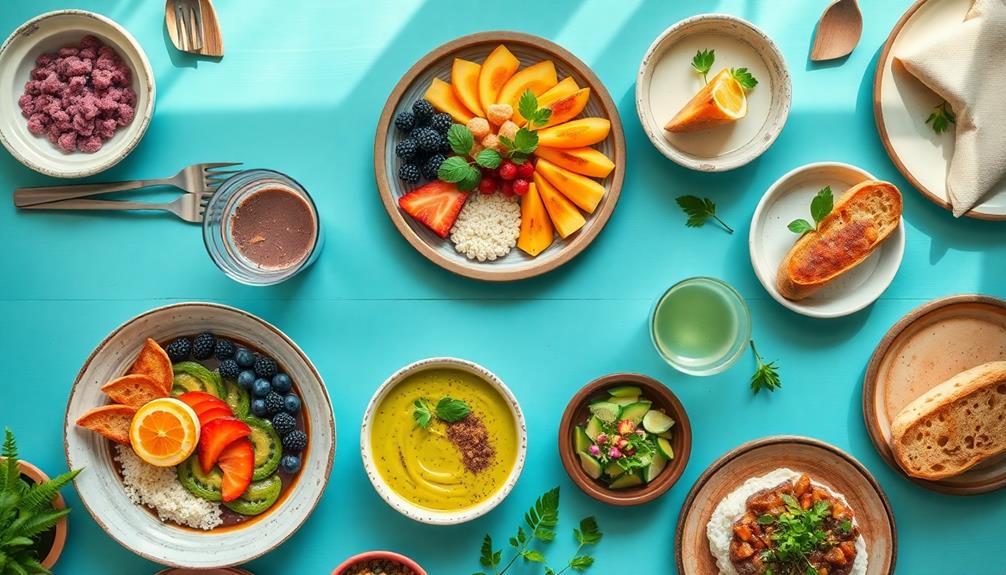
As the culinary landscape evolves, trends in food photography are shaking up the way restaurants connect with diners. Attractive food photography has become essential for engaging customers, especially with the power of social media. Aesthetic presentation not only captures attention but also encourages higher social media engagement. The rise of "foodtography" on platforms like Instagram has transformed food products into visual art, enticing viewers to share and interact.
Recent trends include incorporating human actors into food shots. This approach adds authenticity and relatability, moving away from strictly styled images. Such strategies cater to millennials and diverse audiences who crave visually stimulating experiences.
Here's a quick look at the latest trends in food photography:
| Trend | Description | Impact on Engagement |
|---|---|---|
| Foodtography | Artful presentation of meals on social media | Increased shares and likes |
| Human Elements | Including people to enhance relatability | Greater emotional connection |
| Minimalism | Simplistic backgrounds focusing on food | Highlights the beauty of food products |
These trends reflect cultural shifts and evolving marketing strategies, ensuring that restaurants remain relevant in a competitive environment.
Frequently Asked Questions
What Is the Psychology Behind Food Photography?
You're drawn to food photography because it triggers emotional responses and cravings. The visuals enhance your appetite and anticipation, creating a connection between what you see and how you feel about food experiences.
What Is the Psychology of Foodstagramming?
Did you know over 438 million food photos are shared on Instagram? When you engage in foodstagramming, you're not just capturing meals; you're building connections, enhancing enjoyment, and expressing creativity through your culinary experiences.
What Is the Food Theory in Psychology?
Food theory in psychology explores how your perceptions of food influence emotions and behaviors. It examines how visual stimuli, like appealing food images, can trigger cravings and enhance your overall dining experience and satisfaction. Additionally, the theory delves into how factors such as portion sizes, food presentation, and even the environment in which food is consumed can shape your eating behaviors. These elements may also affect hunger and decisionmaking, often guiding choices about what and how much to eat. Understanding these psychological influences can help in developing strategies for healthier eating habits and more mindful consumption.
Why Do I Love Food Photography?
You love food photography because it captures moments of joy and creativity. It lets you share delicious experiences, connect with others, and appreciate the artistry of meals, making each bite feel even more special.
Conclusion
To sum up, food photography isn't just about pretty pictures; it taps into our emotions and cravings. You might think you're not a photographer, but with the right tools and a little practice, you can create stunning images that tell a story. Remember, it's not about perfection; it's about capturing the essence of food and making it relatable. So grab your camera and start experimenting—your culinary creations deserve to be showcased beautifully!
